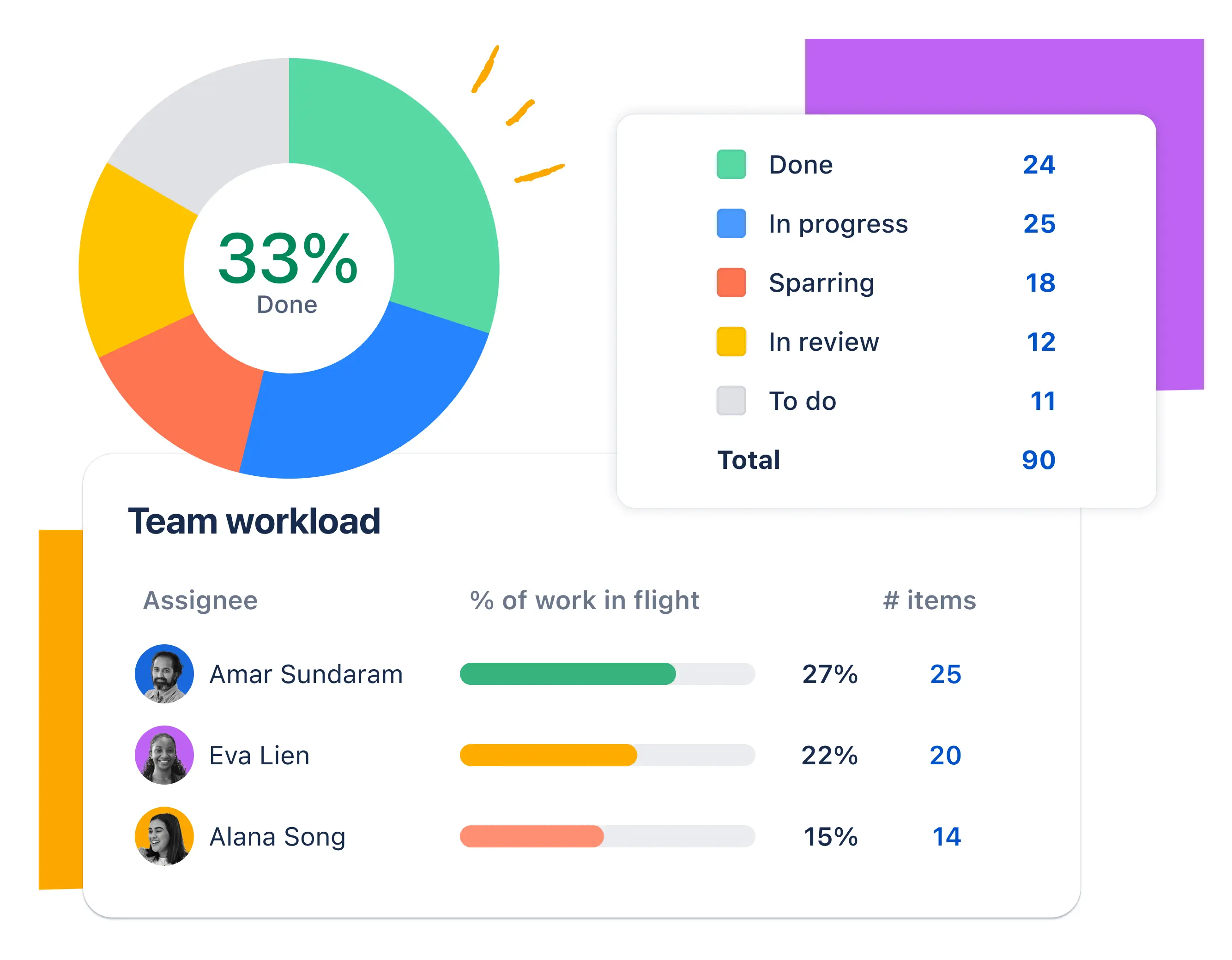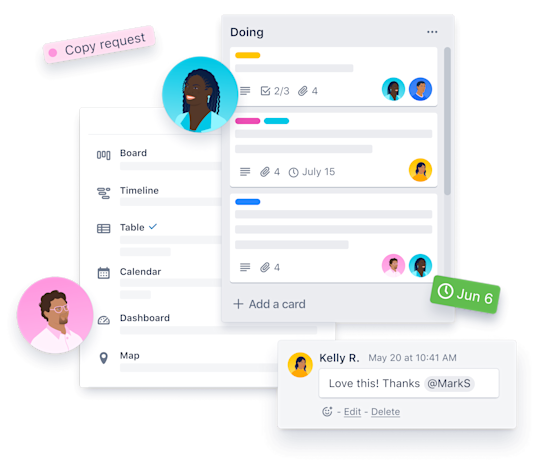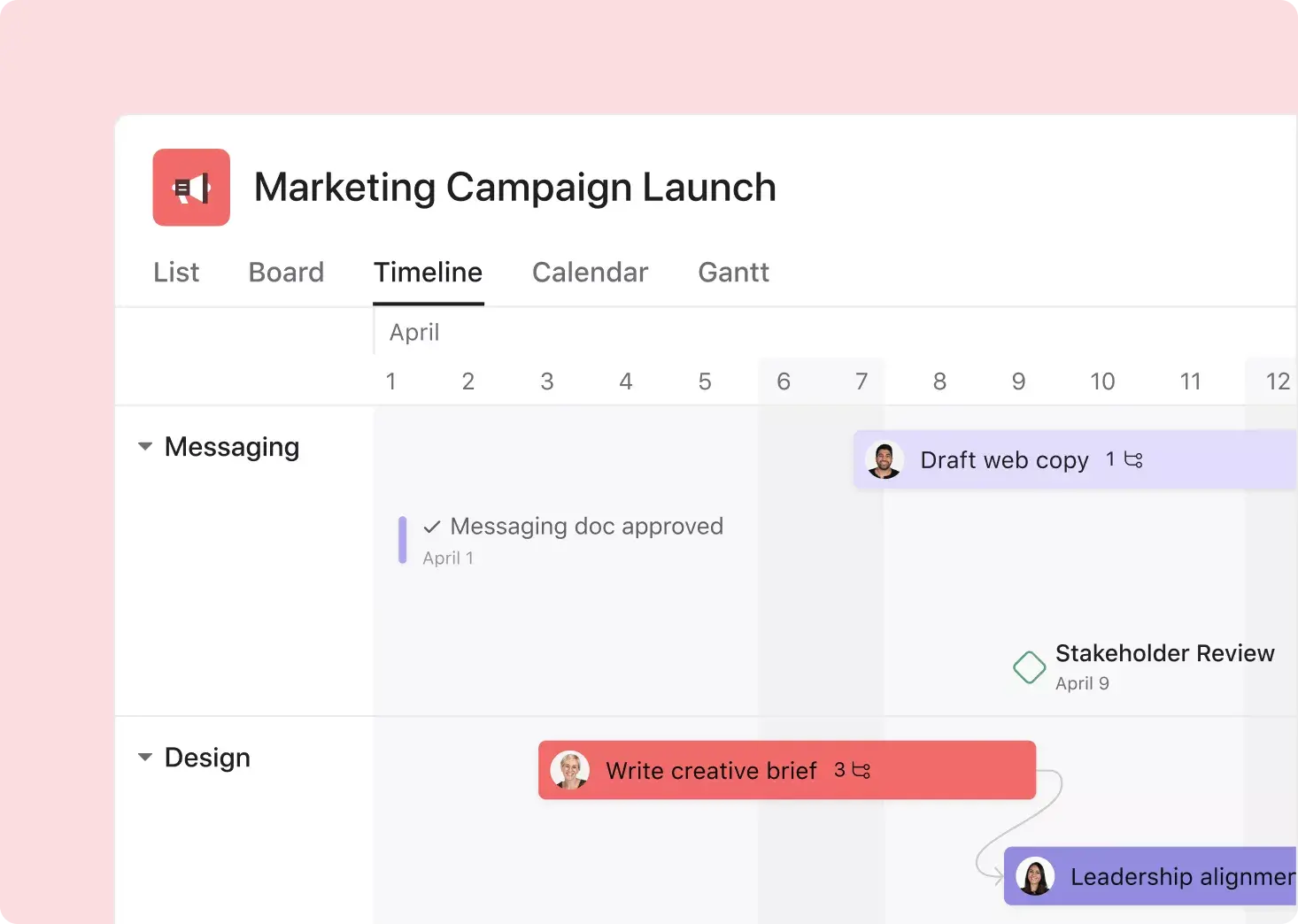In the fast-paced world of software development, traditional project management approaches often fall short in adapting to the dynamic nature of the industry. Agile methodologies have emerged as a powerful solution, providing a flexible and collaborative framework that enhances productivity and product quality. This article delves into the fundamentals of Agile methodologies, their core principles, and the benefits they bring to software development.
What is Agile?
Agile is an iterative approach to software development and project management that emphasizes flexibility, collaboration, customer feedback, and small, rapid releases. Unlike traditional waterfall models, which follow a linear and sequential process, Agile methodologies are adaptive and promote continuous improvement throughout the development lifecycle.
Core Principles of Agile
The Agile Manifesto, introduced in 2001, outlines four key values and twelve principles that guide Agile methodologies. Here’s a closer look at the core principles:
1. Individuals and Interactions Over Processes and Tools: Agile values human communication and teamwork over rigid processes and tools.
2. Working Software Over Comprehensive Documentation: The primary measure of progress is working software, not extensive documentation.
3. Customer Collaboration Over Contract Negotiation: Continuous collaboration with customers ensures that their needs are met.
4. Responding to Change Over Following a Plan: Agile methodologies welcome changing requirements, even late in development.
The twelve principles of Agile further elaborate on these values, emphasizing customer satisfaction, welcoming change, delivering working software frequently, and fostering close collaboration between developers and stakeholders.
Popular Agile Methodologies
Several methodologies fall under the Agile umbrella, each with its own practices and frameworks. The most widely used include Scrum, Kanban, Extreme Programming (XP), and Lean Development. Let’s explore each of these methodologies in more detail:
1. Scrum
Scrum is a framework that organizes development into fixed-length iterations called sprints, typically lasting 2-4 weeks. It is designed to deliver incremental improvements in product development.
Roles:
- Product Owner: Defines the product backlog and prioritizes items based on business value and customer needs.
- Scrum Master: Facilitates the Scrum process, removes impediments, and ensures the team adheres to Scrum practices.
- Development Team: Cross-functional team members who design, build, and test the product increment.
Ceremonies:
- Sprint Planning: A meeting where the team plans the work for the upcoming sprint.
- Daily Stand-up (Daily Scrum): A short, daily meeting where team members discuss their progress and obstacles.
- Sprint Review: A meeting at the end of the sprint to demonstrate the work done and gather feedback.
- Sprint Retrospective: A meeting to reflect on the sprint process and identify improvements for future sprints.
Artifacts:
- Product Backlog: A prioritized list of features, enhancements, and bug fixes needed for the product.
- Sprint Backlog: A list of tasks selected from the product backlog for the current sprint.
- Increment: The sum of all completed product backlog items during a sprint, representing the current state of the product.
2. Kanban
Kanban is a visual workflow management method that focuses on continuous delivery without overloading the development team. It is highly flexible and does not have fixed-length iterations.
Principles:
- Visualize Work: Use a Kanban board to display the status of all tasks in the workflow.
- Limit Work in Progress (WIP): Set limits on the number of tasks in progress to prevent bottlenecks.
- Manage Flow: Continuously monitor and optimize the flow of tasks through the system.
- Make Process Policies Explicit: Clearly define and communicate the process policies.
- Implement Feedback Loops: Regularly review and improve the process based on feedback.
Tools:
- Kanban Board: A visual tool to manage tasks, typically divided into columns such as “To Do,” “In Progress,” and “Done.” Each task is represented by a card that moves across the board as it progresses.
3. Extreme Programming (XP)
Extreme Programming (XP) focuses on improving software quality and responsiveness to changing customer requirements through frequent releases in short development cycles.
Practices:
- Pair Programming: Two developers work together at one workstation, continuously reviewing each other’s code.
- Test-Driven Development (TDD): Writing automated tests before writing the code to ensure that the code meets the specified requirements.
- Continuous Integration: Frequently integrating code into a shared repository to detect errors early.
- Refactoring: Continuously improving the code structure without changing its external behavior.
- Simple Design: Designing only what is necessary to meet the current requirements.
- Collective Code Ownership: Any developer can improve any part of the codebase at any time.
- Coding Standards: Adhering to a common set of coding guidelines to ensure consistency.
4. Lean Development
Lean Development draws from lean manufacturing principles, focusing on delivering value to the customer and eliminating waste.
Principles:
- Eliminate Waste: Identify and remove any activities that do not add value to the customer.
- Build Quality In: Ensure quality at every step of the development process.
- Create Knowledge: Continuously learn and improve through experimentation and feedback.
- Defer Commitment: Make decisions as late as possible, based on the most up-to-date information.
- Deliver Fast: Optimize processes to deliver products quickly.
- Respect People: Empower teams and encourage collaboration.
- Optimize the Whole: Focus on the entire value stream rather than individual components.
Benefits of Agile Methodologies
Agile methodologies offer numerous benefits that make them highly effective for software development:
- Flexibility and Adaptability: Agile methodologies are highly responsive to changes, allowing teams to adapt to new requirements and market conditions quickly.
- Improved Collaboration and Communication: Regular interactions among team members and stakeholders foster better communication and collaboration.
- Higher Quality Products: Frequent testing and continuous integration ensure that issues are identified and resolved early, leading to higher quality products.
- Increased Customer Satisfaction: Continuous delivery of working software and regular feedback loops ensure that the product meets customer needs and expectations.
- Faster Time to Market: Iterative development and incremental releases enable faster delivery of features to the market.
Agile Tools and Software
The implementation of Agile methodologies is greatly facilitated by various tools and software designed to streamline and support Agile practices. These tools help teams manage their work, collaborate effectively, and maintain transparency throughout the development process. Below is an overview of some popular Agile tools and software:
Jira, developed by Atlassian, is one of the most widely used project management tools for Agile software development. It is highly customizable and supports Scrum, Kanban, and other Agile methodologies.

Jira Features:
- Backlog Management: Allows teams to create, prioritize, and manage their product backlog efficiently.
- Sprint Planning: Supports planning sprints, tracking progress, and managing tasks within a sprint.
- Kanban Boards: Provides visual Kanban boards to manage workflow and visualize the status of tasks.
- Reporting and Analytics: Offers various reports such as burndown charts, velocity charts, and cumulative flow diagrams to track progress and performance.
- Integrations: Integrates with other tools like Confluence, Bitbucket, and Slack, enhancing collaboration and productivity.
How It Facilitates Agile Practices:
- Transparency: Jira ensures that all team members have visibility into the current status of tasks and projects.
- Flexibility: Supports both Scrum and Kanban, allowing teams to choose the methodology that best fits their workflow.
- Collaboration: Enhances team collaboration through real-time updates and integrated communication tools.
Trello, also developed by Atlassian, is a flexible and visual tool that uses boards, lists, and cards to organize tasks and projects. It is suitable for teams of all sizes and supports various Agile practices.

Trello Features:
- Boards, Lists, and Cards: Create boards to represent projects, lists to represent stages, and cards to represent tasks.
- Drag and Drop Interface: Easy-to-use interface allows users to move cards across lists to show progress.
- Labels and Tags: Use labels and tags to categorize and prioritize tasks.
- Integrations: Integrates with other tools such as Slack, Google Drive, and Jira for enhanced functionality.
- Power-Ups: Add-ons that provide additional features like calendar views, voting, and custom fields.
How It Facilitates Agile Practices:
- Visual Management: Trello’s visual approach helps teams quickly see the status of tasks and identify bottlenecks.
- Flexibility: Suitable for both Scrum and Kanban, Trello can be customized to fit the specific needs of the team.
- Simplicity: Its intuitive interface makes it easy for teams to adopt and start using immediately.
3. Asana
Asana is a robust project management tool designed to help teams organize their work, track progress, and collaborate effectively. It supports various Agile frameworks and is suitable for a wide range of projects.
Asana Features:
- Task Management: Create tasks, assign them to team members, set deadlines, and track progress.
- Project Views: Offers multiple views including list view, board view (similar to Kanban), and timeline view.
- Custom Fields: Add custom fields to tasks to track additional information and metrics.
- Workload Management: Monitor team workloads to ensure a balanced distribution of tasks.
- Integrations: Integrates with tools like Slack, Google Drive, and GitHub to streamline workflows.
How It Facilitates Agile Practices:
- Transparency: Asana provides visibility into task status, deadlines, and team workloads, helping to ensure accountability.
- Flexibility: Supports various Agile practices, allowing teams to choose the approach that works best for them.
- Collaboration: Facilitates collaboration through task comments, attachments, and integrations with communication tools.
Other Agile Tools
Beyond Jira, Trello, and Asana, several other tools support Agile practices, each with unique features that cater to different aspects of project management and team collaboration.
Examples:
- Monday.com: A highly customizable work operating system that supports project management, task tracking, and team collaboration.
- Azure DevOps: Microsoft’s suite of development tools that support Agile planning, version control, and continuous integration/continuous delivery (CI/CD).
- ClickUp: A versatile project management tool that offers features like task management, time tracking, and goal setting, suitable for Agile workflows.
FAQs about Agile Methodologies
Agile methodologies are widely adopted in the software development industry, but they can sometimes be confusing to newcomers. Here are answers to some common questions about Agile:
What is the difference between Scrum and Kanban?
Scrum:
- Framework: Scrum is a structured framework with defined roles, events, and artifacts.
- Iterations: Work is divided into fixed-length iterations called sprints, typically lasting 2-4 weeks.
- Roles: Key roles include the Product Owner, Scrum Master, and Development Team.
- Ceremonies: Scrum ceremonies include Sprint Planning, Daily Stand-ups, Sprint Reviews, and Sprint Retrospectives.
- Backlog Management: Uses a Product Backlog (all tasks) and a Sprint Backlog (tasks for the current sprint).
Kanban:
- Method: Kanban is a flexible method for managing work, focusing on visualizing tasks and continuous delivery.
- Flow: Work is managed through a continuous flow, without fixed-length iterations.
- Roles: There are no specific roles in Kanban; existing roles and responsibilities remain unchanged.
- WIP Limits: Uses Work-In-Progress (WIP) limits to manage the number of tasks in each stage of the workflow.
- Visualization: Tasks are visualized on a Kanban board with columns representing different stages of the workflow (e.g., To Do, In Progress, Done).
Summary: While Scrum is a more structured framework with defined iterations and roles, Kanban is a flexible method focusing on visual workflow management and continuous delivery.
How long should a sprint be?
The typical length of a sprint in Scrum is between 2 to 4 weeks. The choice of sprint length can depend on various factors such as:
- Team Experience: Newer teams might prefer shorter sprints to get more frequent feedback, while experienced teams may opt for longer sprints.
- Project Complexity: More complex projects might benefit from slightly longer sprints to accommodate more comprehensive work without constant interruptions.
- Stakeholder Feedback: If frequent feedback is needed from stakeholders, shorter sprints can be more beneficial.
Best Practice: Start with a 2-week sprint if you are new to Scrum. This duration is generally short enough to maintain flexibility and long enough to complete meaningful work. Adjust the length based on your team’s needs and project requirements.
Can Agile be used for non-software projects?
Yes, Agile methodologies can be applied to non-software projects. The principles of Agile, such as iterative progress, customer collaboration, and adaptability, are universal and can benefit a wide range of industries. Examples include:
- Marketing: Agile can be used to manage campaigns, create content, and adapt strategies based on feedback and results.
- Construction: Agile can help in managing phases of construction projects, allowing for adjustments as the project progresses.
- Education: Agile principles can be used to develop and refine educational programs and curricula, ensuring they meet the evolving needs of students.
- Event Planning: Agile can be applied to plan events iteratively, incorporating feedback and making adjustments in real-time to improve the event’s outcome.
Implementation: When applying Agile to non-software projects, it may be necessary to adapt specific practices and terminology to fit the context of the industry. However, the core principles of Agile remain applicable and beneficial.
Conclusion
Agile methodologies provide a versatile and effective framework for managing projects across various domains. Whether it’s through Scrum’s structured approach or Kanban’s flexible workflow management, Agile helps teams deliver high-quality results by fostering collaboration, adaptability, and continuous improvement. By understanding the key differences between methodologies and adapting Agile practices to fit your specific needs, you can enhance productivity and achieve better project outcomes.

